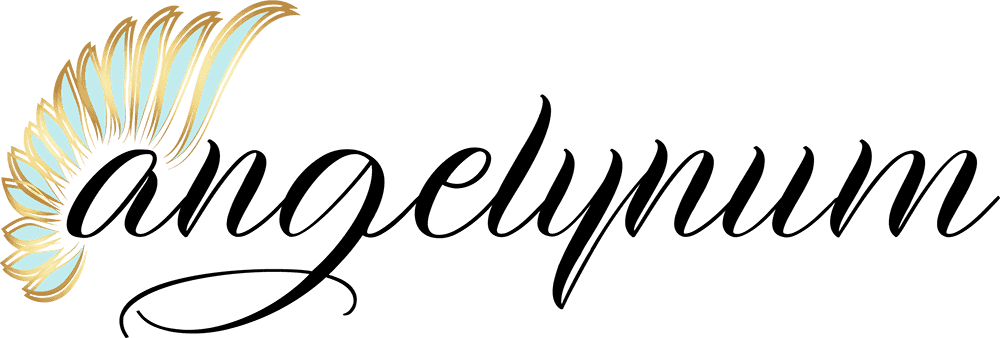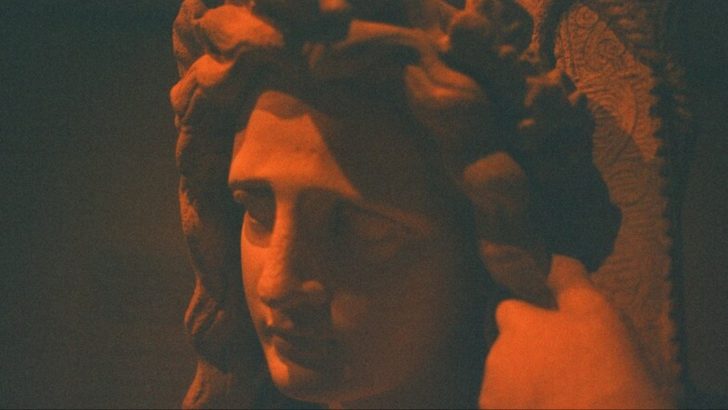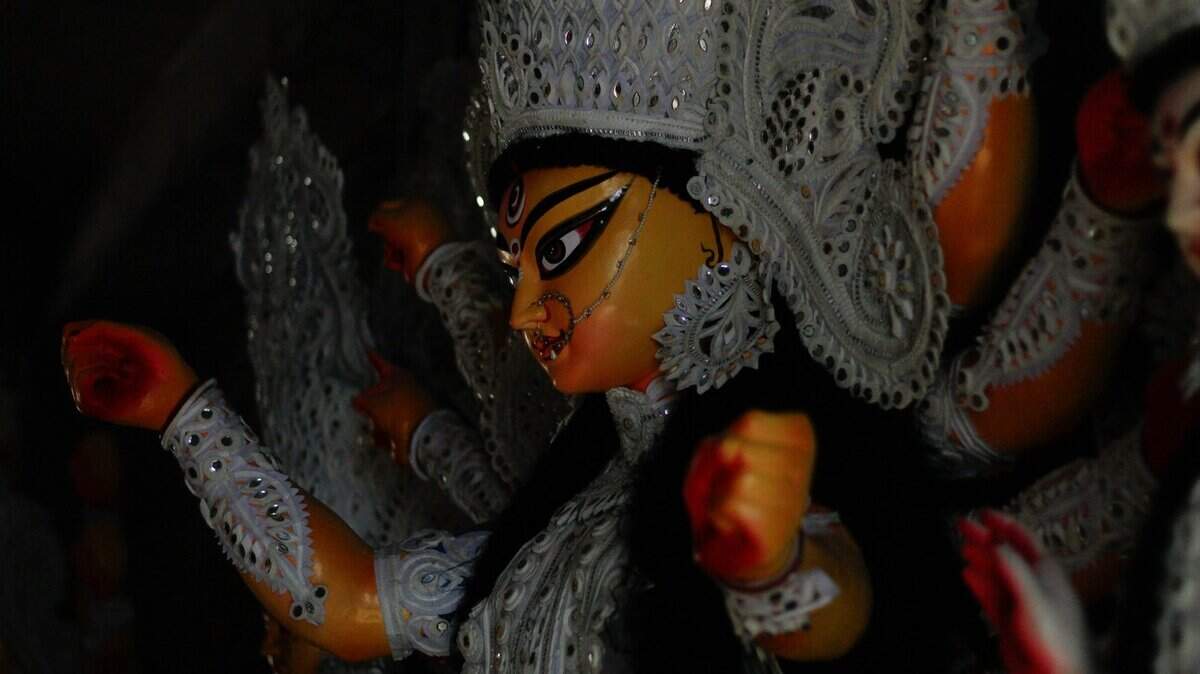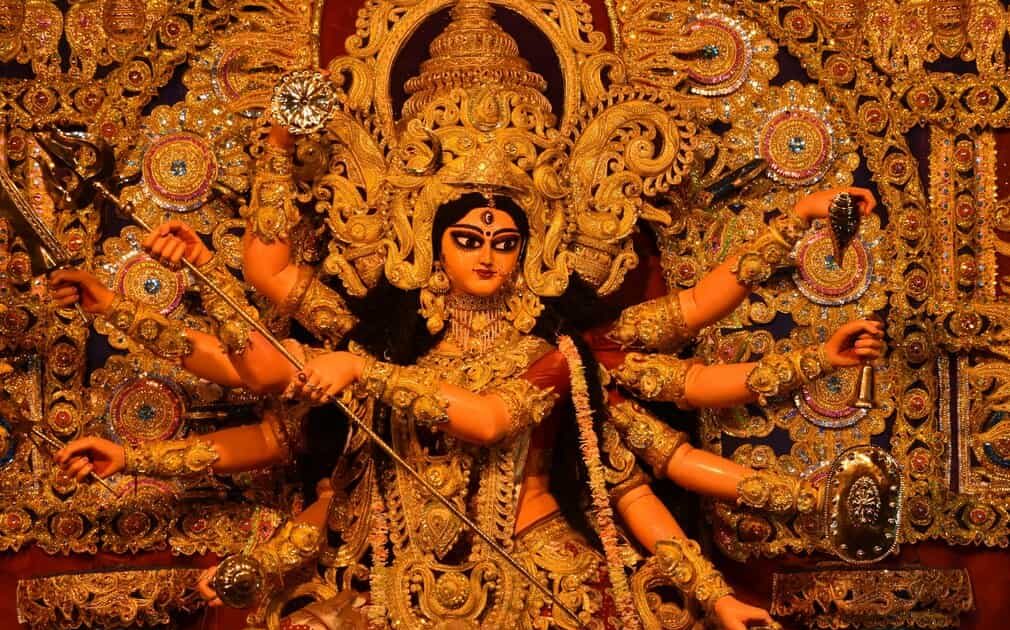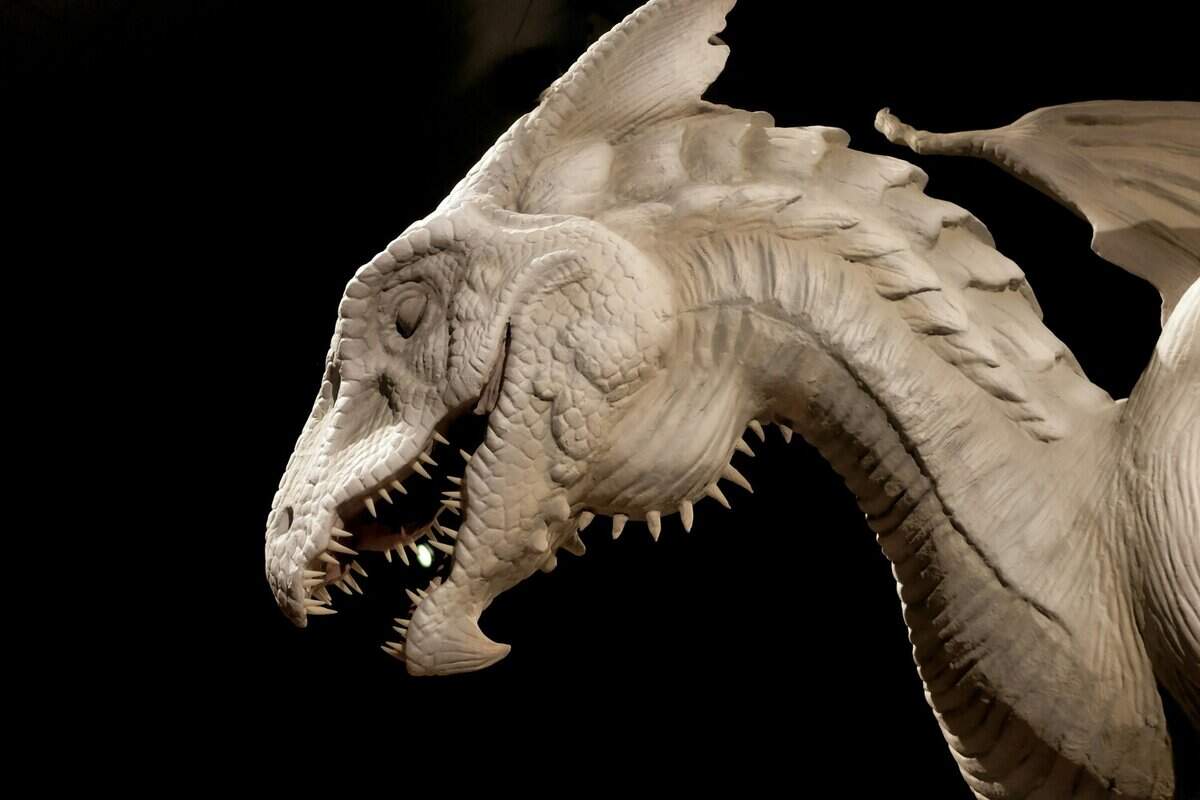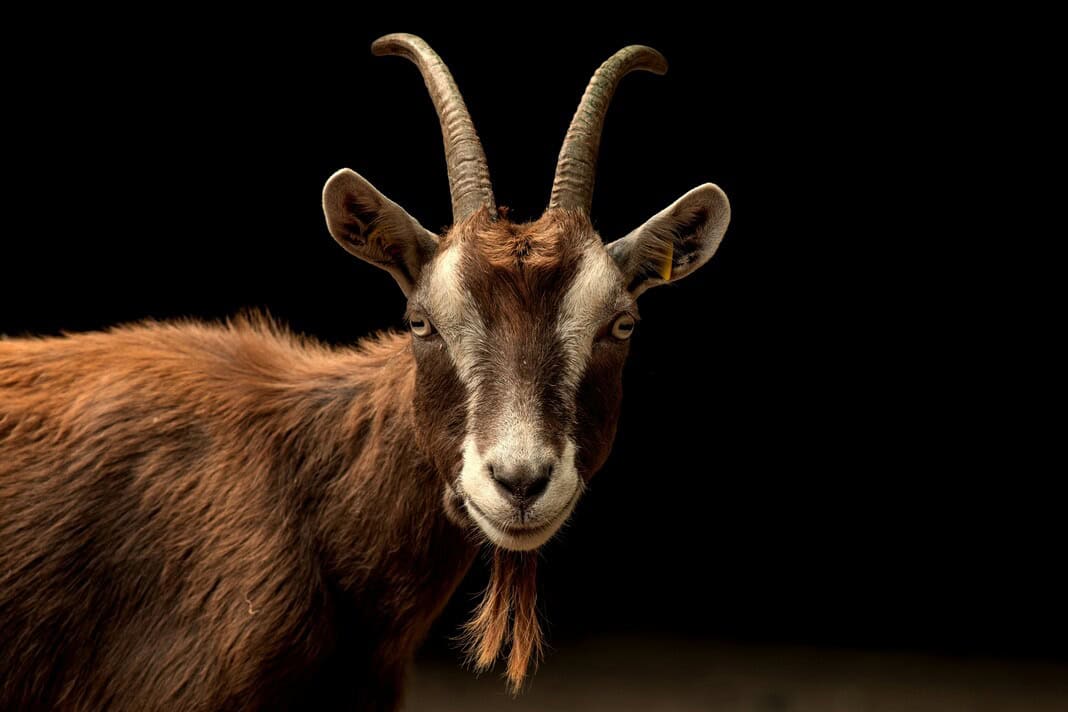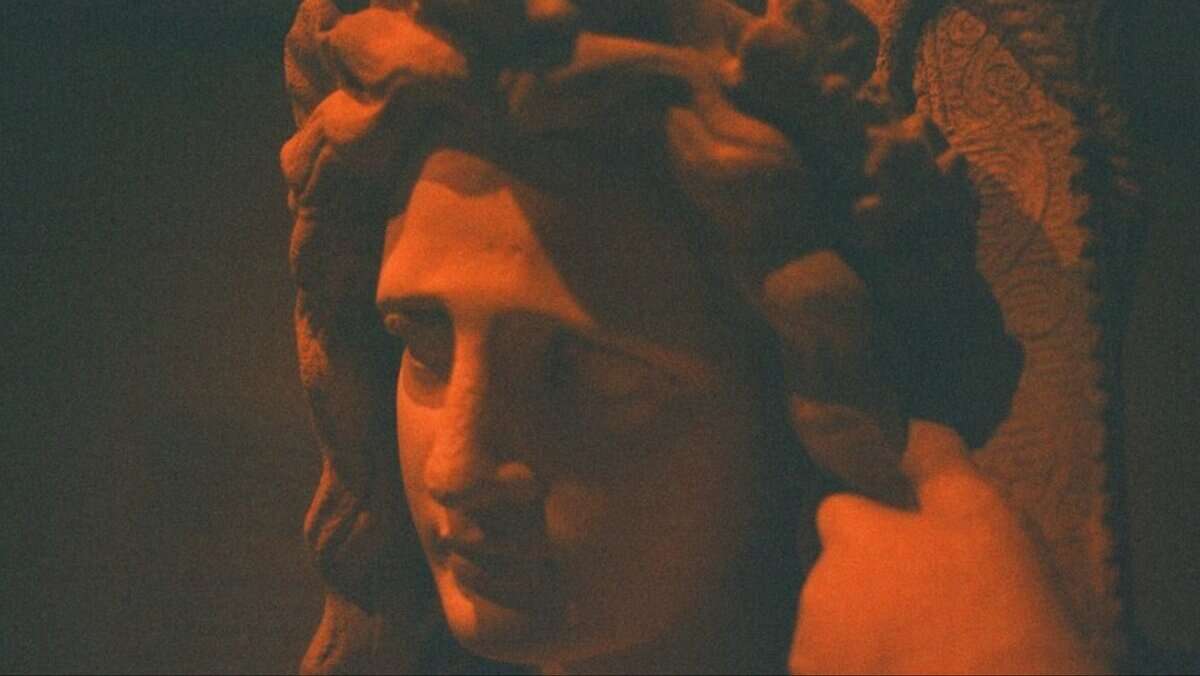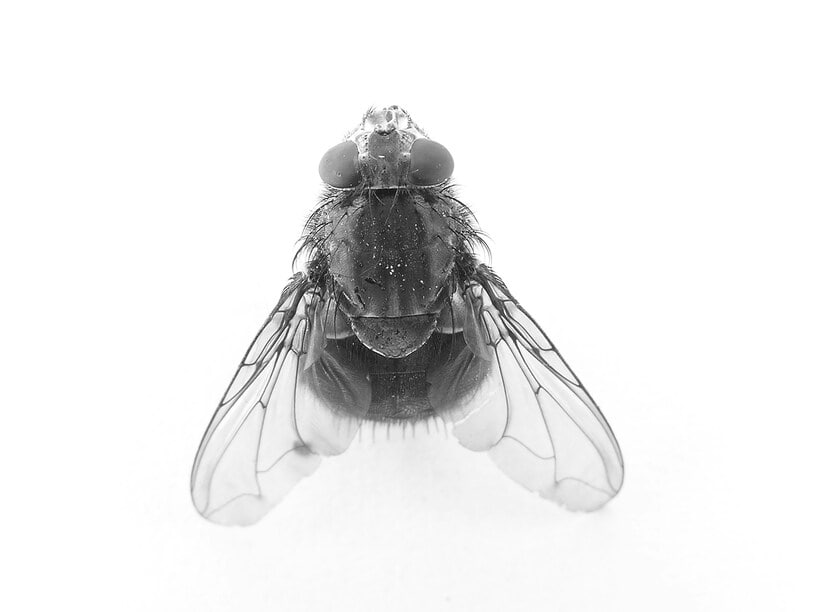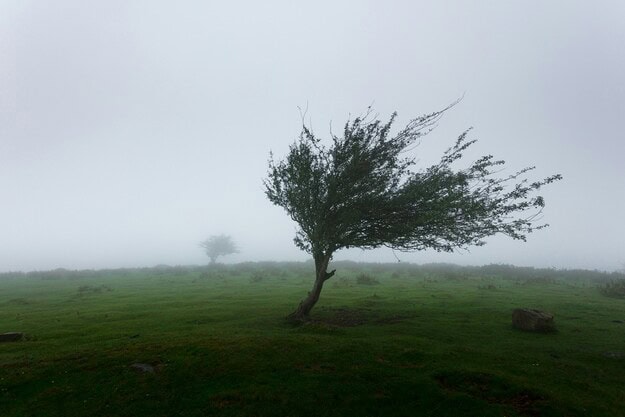Our collective consciousness has always been haunted by dark, sinister entities – gods and demons that embody our deepest fears, anxieties, and even our darkest truths.
These figures aren’t just mythological characters. They actually mirror aspects of ourselves that we often try to suppress.
Exploring them reveals a lot about our psyche, how we relate to nature, and our understanding of fate and mortality.
Let’s explore 7 dark deities, and see what they tell us about ourselves.
1. Angra Mainyu
In Zoroastrianism, Angra Mainyu is the destructive spirit, the force of chaos and evil opposing Ahura Mazda, the god of order.
He represents the fear of chaos overtaking our lives, the destructive power lurking in the shadows of human nature.
This deity reflects our collective anxiety about evil and despair, reminding us that darkness exists within and around us.
Angra Mainyu also reveals how humans grapple with the duality of good and evil, often fearing that chaos might consume everything we hold dear.
His sinister presence in myth underscores our deep-seated fears of losing control and the eternal struggle to maintain order in the world that often seems far too great for us.
2. Kali
Kali, in Hindu mythology, is often misunderstood as solely a destructive force – yet she’s also the goddess of transformation and liberation.
Her fierce, bloodthirsty image embodies our fear of death, change, and the unknown.
Kali teaches us that destruction isn’t just something to fear, but a necessary step toward rebirth and growth.
Her sinister form forces us to confront our mortality and the darker, primal aspects of ourselves – anger, rage, and chaos.
She reveals that human existence is a constant cycle of destruction and renewal, and that embracing our fears can lead to profound transformation.
Kali’s fierce energy reminds us that, sometimes, facing our fears is the only way forward.
3. Tiamat
In Babylonian mythology, Tiamat is a sinister dragon-like goddess symbolizing primordial disorder.
She embodies the fears of the uncontrollable forces of nature – storms, floods, earthquakes – that threaten to obliterate everything.
Tiamat reflects humanity’s awe and terror of the natural world’s raw power.
Her myth shows how we often see nature as both nurturing and destructive, which is a duality that stirs primal fears.
Tiamat’s story hints at our desire to tame and understand these forces, but also our recognition of their uncontrollable essence.
She’s a reminder that human life is fragile, constantly threatened by the unpredictable, and that our relationship with nature is both reverent and fearful.
4. Baphomet
Baphomet, often associated with occult symbolism, is a mysterious figure representing the union of opposites – light and darkness, male and female, good and evil.
This deity reveals our fear of the unknown, or hidden truths lurking beneath the surface of reality.
Baphomet embodies the human desire to understand the mysteries of existence and the fears that come with acknowledging that some truths are beyond our grasp.
His image challenges black-and-white thinking, urging us to accept the complexity of life, as sinister as they might sometimes seem.
Baphomet’s symbolism shows our inner conflict between embracing the darkness within and seeking enlightenment.
His image highlights how our fears often stem from the desire for control in a universe that remains largely mysterious.
5. Eris
In Greek mythology, Eris is the sinister goddess of chaos, strife, e discord. She embodies the fear of conflict and division – both within ourselves and in society.
Eris reveals our primal fear of chaos disrupting our sense of order and harmony.
Her myth reminds us that conflict is an unavoidable part of life, often stemming from our fears of loss, change, or vulnerability.
Yet, she also teaches that chaos can catalyze growth and transformation, if we’re willing to face it.
Eris shows that our relationship with fear is complex.
Sometimes, it pushes us apart, but other times, it pushes us to confront our inner turmoil and find a new balance amid disorder.
6. Baalzebub
Baalzebub, a Canaanite deity turned demon figure, is often associated with decay, corruption, and filth.
He embodies our fears of moral decay, disease, and the inevitable decline of life.
This sinister figure speaks of our discomfort with mortality and the corrupting influence of evil within ourselves and society.
Baalzebub reveals how human fear of losing purity and falling into chaos can lead to a fascination with decay and corruption.
His myth also reflects our tendency to project our fears onto others, demonizing what we don’t understand.
Ultimately, Baalzebub shows that confronting our fears or mortality and moral failing is a vital part of understanding what it means to be human.
7. Pazuzu
In Mesopotamian mythology, Pazuzu is a sinister wind demon associated with storms and pestilence, but paradoxically, he’s also seen as a protector against evil spirits.
He embodies the fear of natural disasters and unseen malevolent forces that threaten our safety. He was even featured in the cult horror film “The Exorcist.”
Pazuzu reveals how humans have always tried to control the unpredictable powers of nature and fate.
His dual role as both a bringer of pestilence and protector of evil shows our complex relationship with fear. Sometimes, we fear the very forces we seek to harness or appease.
Pazuzu’s myth teaches us that acknowledging our fears, rather than denying them, can help us develop resilience and a deeper respect for the natural world.
A little Aquarius, devoted to writing and embroidery. Through my writing, I hope to empower readers to align with their true selves and navigate life’s mysteries with confidence.
